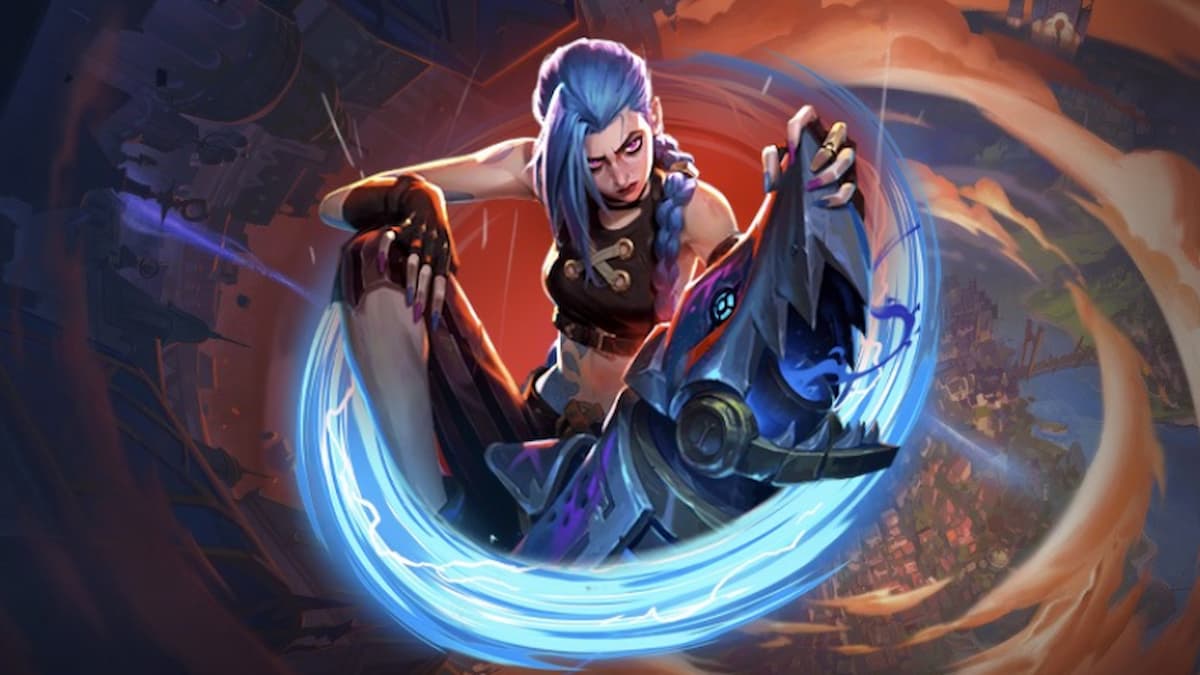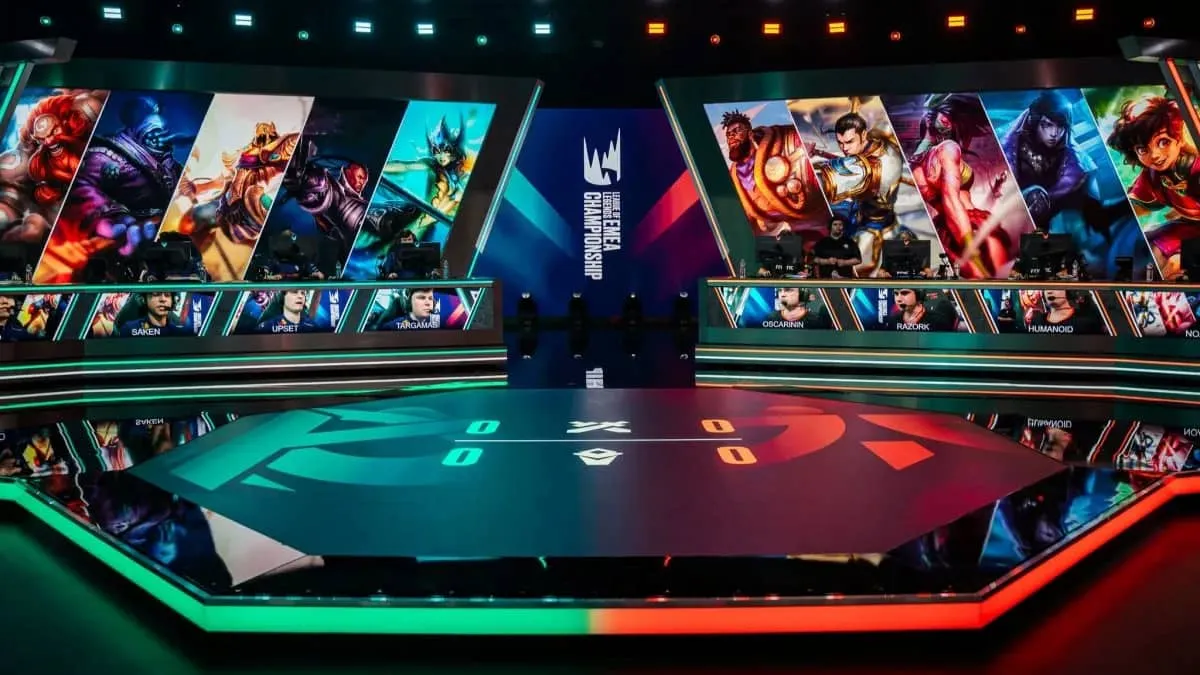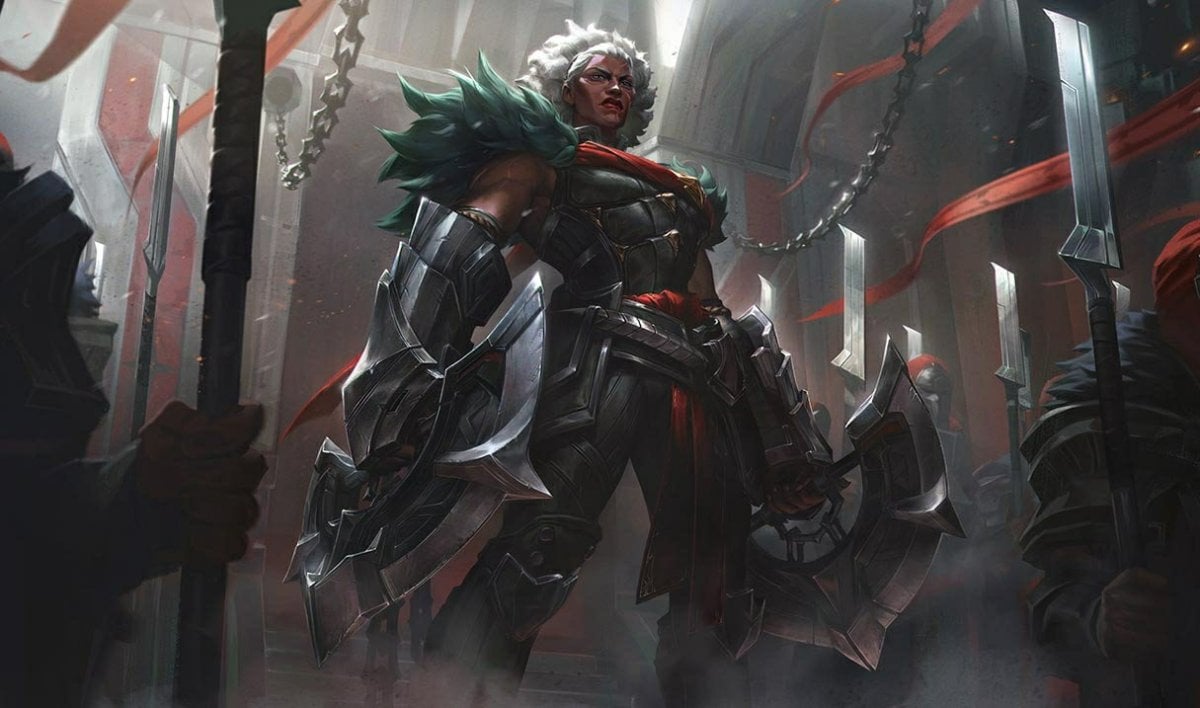TSM: How Gold Advantages Translate to Team Results
As Forgiven mentioned on Summoning Insight, a good player is able to take their lane advantage and turn that into a team victory. Of course, this is an overly simplified idea, but lets apply it to TSM and see how well this concept works. As always, correlation does not mean causation, and we should keep that in mind while looking at the statistics.
From lolesports, we can find the gold differential for each player in each game. By removing the games against Coast (which aren’t a good representation) we get three blocks of 8 games each; 1st half-split, 2nd half-split, and playoffs. Of course, record is different for each, 1 loss, 4 losses, 2 losses (respectively). This isn’t that big of sample size, but unfortunately all we have to work with. We’ll also not separate the loss from the first half- split; good to have at least a couple of data points to work with.
Lets start with just a general idea of how each player did. We can average the gold differential and determine how they fared in the early game compared to their lane opponents. We do this for 10 minutes and 20 minutes into the game, to see if there is any difference. (Advantages over 500 are in blue, deficits over 100 are in red)
Thinking about this stat, there will be some variance based on stuff like recall timings and lane position, as we are looking at a snapshot in time. Which is why the colorations are the most important.
Looking at this, we see that Bjergsen has a small advantage at 10 minutes, which grows substantially at 20 minutes. Turtle and Santorin both get substantial advantages in wins, but only at 20 minutes in the case of Turtle. Conversely, Dyrus has some major disadvantages in losses the second half of the split. It has been noted that they sacrifice his lane; many of his worst performances have come in losses.
For gold advantage, lets only count +300 or -300 as a notable gap. This is the value of a kill, and eliminates possible differences due to recall timings.
Lets take a look at how often each member of TSM is ahead of their lane opponent. (Blue if 80%+, Red if less than 25%)
Again, we see Bjergsen; always ahead in wins, often ahead in losses. Second half he has been joined by Santorin, who also performs well in wins. Turtle, on the other hand, is rarely ahead at 10 minutes, even in losses. Dyrus and Lustboy are fairly normal, averaging around 50%, ahead more often in wins than losses.
Now lets look at how gold leads translated to victory. We take the number of leads the player had, and calculate percentage of those games that TSM won. (Blue is 90+, Red 50-)
What this means:
High percentage –> convert lead to victory
Low number –> lead may not matter
Now Dyrus looks good! Note that this is based on games ahead, so players that are often (always…Bjergsen) ahead will have impossible standards.
That said, Dyrus’s totals are impressive; every game where he has lead his lane opponent in gold at 10 minutes, TSM won. Most games he led at 20 minutes, TSM won. Santorin is next highest in the stat, but for the other players a lead does not always mean a victory.
We also see the change in how TSM won; the first games, they just snowballed lane advantages. But as the split moved on (and cinderhulk joined) a lead was less defensible.
Finally, remember all these numbers in perspective; if Bjergsen was ahead in 4 games, they still won 3. But we do start to wonder, as the level of play improves, if this inability to ALWAYS close out a lead will come to haunt the team.
Finally, we can look at the number of games a player was behind, and how that correlated to losses. This statistic may not be worth much, as TSM has few losses, but lets look at it anyway. (Blue is 50+, red is 0)
What this means:
High number –> if they get behind team loses
Low number –> team can still win if player is behind
Not much here, just because of the few losses and indivdual gold deficits. Also quite variant over the sections. Perhaps most interesting is Santorin; goes from winning when behind, to always losing, to never being behind.
(Banichi: I think this stat is kinda meaningless for TSM… Just including cause I have it)
To conclude: Cool Stats and Interesting Tables.
Dyrus is frequently behind, but if he does get an advantage, TSM wins.
Santorin shows the most variance over the split, likely due to changing playstyles. He is the second most likely to get an advantage, but sometimes cannot translate that to team victory.
Bjergsen is always ahead of his lane opponent, but that does not mean TSM wins.
Bot lane performs poorly, comparable to Dyrus, with the playoffs representing an outlier. People have questioned Turtle’s laning; this seems to confirm a possible issue. However, unlike Dyrus, a lead does not always mean a victory.






Published: May 6, 2015 09:00 pm